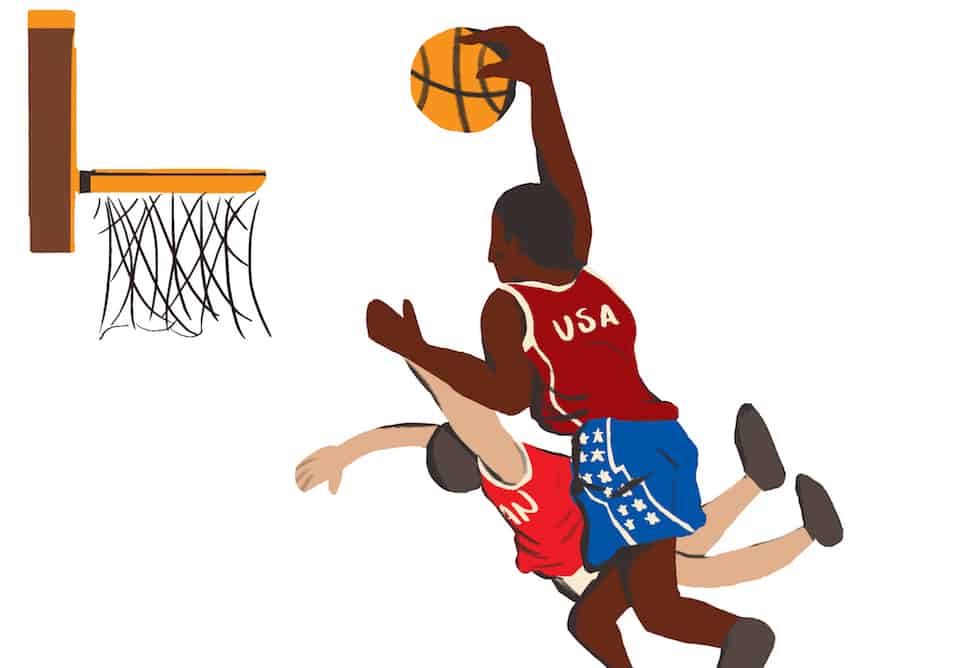March has arrived, and for many sports fans it’s the greatest time of the year. March Madness — one of the most prominent sporting events in North America — will kick off this week and promises match-ups between some of the best intercollegiate athletes in the world.
The tournament is comprised of Division I NCAA men’s basketball teams, who compete for the national championship. Due to the size of the men’s basketball court in the US, only certain teams are selected to participate in the competition; these teams were chosen yesterday on Selection Sunday.
Akin to CIS (Canadian Interuniversity Sports) conferences like the OUA, NCAA conferences — like the Big East and Big Sky — compete and are eventually whittled down, until only the top two teams remain.
The entire tournament is televised on major sports networks like TSN and Sports Centre, similar to the NBA championship — an incredible feat considering that there are no professional athletes involved. March Madness is an important time for Division I players, as some college players are recruited to play for the NBA.
While March Madness enthralls many collegiate basketball fans, there are also plenty of talented university basketball players competing in Canada.
There is a growing body of evidence to suggest that CIS teams are garnering the skills necessary to compete with NCAA teams. Without a doubt, the NCAA features more up-and-coming superstars and polished athletes (due in part to fierce recruiting and full-ride scholarships). Nevertheless, the CIS is closer to the NCAA than most people think.
For the past few seasons, some of the top Canadian university teams have faced off against the NCAA in pre-season exhibition games. Despite the difficulty of assessing if these matchups measure the competitiveness of Canadian teams — as they were played in the pre-season — it is still important to consider how Canadian teams have fared.
Last summer, the Baylor Bears, a Big 12 Conference team, played Canada’s top college basketball team, the Carleton Ravens. Carleton held their ground as they went 1-1 against the NCAA powerhouse, winning their second game by six after marginally losing their first game by two points. In the summer of 2014, the Ottawa Gee-Gees also beat the Indiana Hoosiers, while Carleton beat Vermont. These CIS wins suggest that Canadian teams can play at a competitive level and hold their own against top American teams.
A few games played in the pre-season are not enough to compare the CIS with the NCAA.
In the NBA, the Toronto Raptors have grown tremendously in the past 21 seasons. They have made their way up the Eastern Conference and are serious contenders for a championship, despite being the only Canadian team in the league.
Why hold March Madness just for American basketball teams? Clearly, CIS teams have enjoyed some success against NCAA teams. This integration would be an enormous step forward for Canadian basketball.
In the past year, many Canadian talents such as Simi Shittu and Christian David transferred from Canadian high schools to American preparatory schools in order to increase their professional exposure. Canada Basketball must find a way to retain and nurture their own talents. One way to achieve this could be through connecting the CIS and NCAA in a tournament like March Madness featuring teams from both associations.
Basketball has been improving tremendously in Canada both in terms of popularity and talent, and we also have the fans and the support to cultivate more teams and players. It is time to put these tools to use and truly compete with the US at the collegiate level and above.


